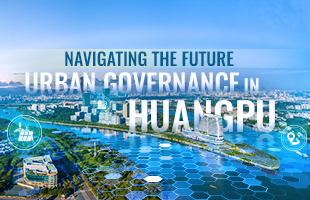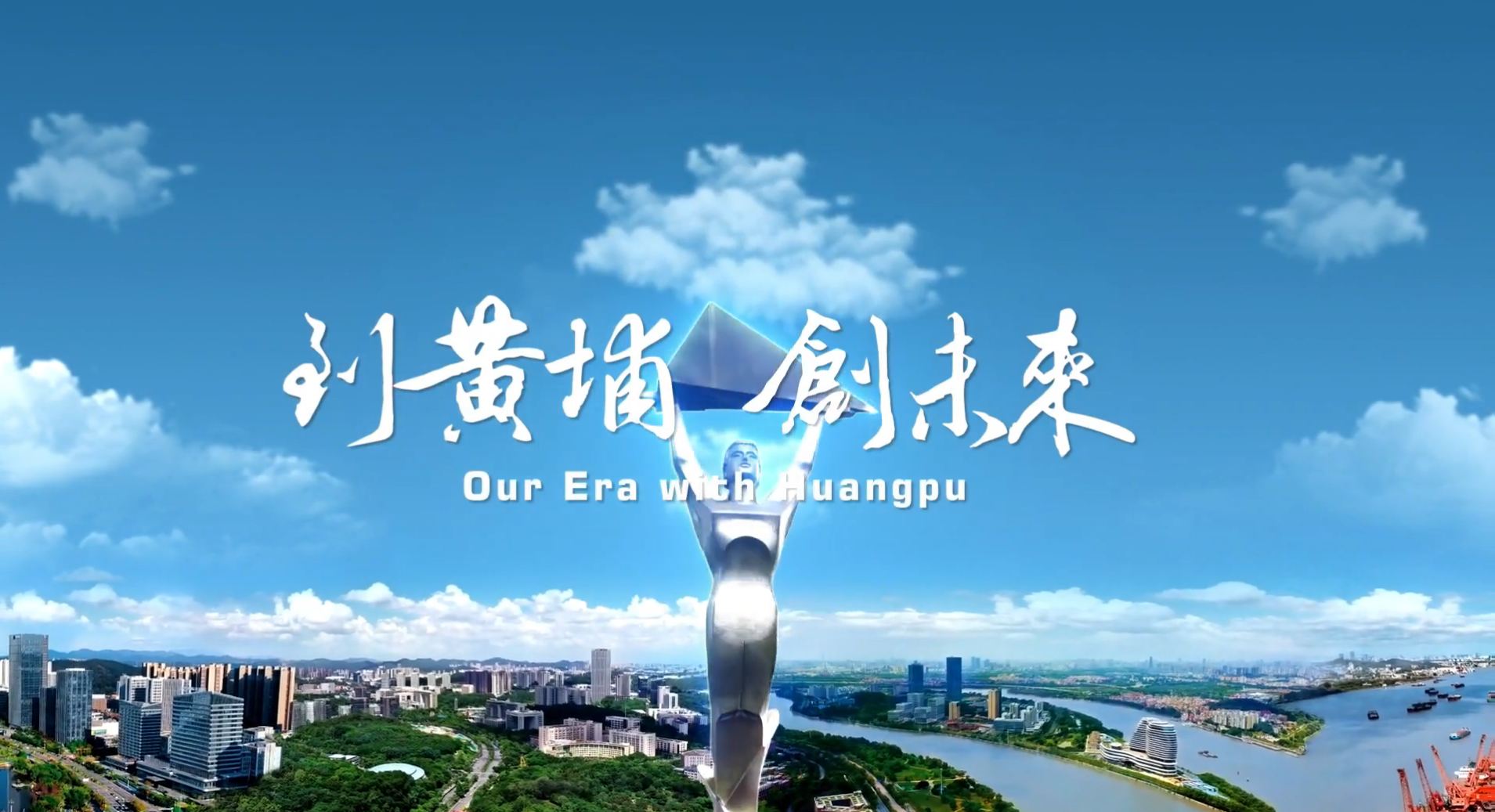Huangpu green belts
Updated : 2022-05-06
People ride bicycles on the green belt alongside the Jinkeng River. [Photo by Li Jianfeng]
Huangpu district has now built several green belts, which have provided ideal places for cycling enthusiasts to go cycling.
The 9.68-kilometer Xinlong section of the Jinkeng River starts from the Jinkeng Reservoir and flows through Jinkeng, Junhe and Zhenlong villages. It is a major river in Xinlong town for flood control and drainage.
The river used to be severely flooded due to canal mud blockage, especially from April to September. The river currently has a better habitat after several rounds of restoration and development. The green belts established alongside the river allow people to appreciate the beauty of the Jinkeng River while walking or riding bicycles.
Changling cycling green belt was put into operation early this year. Stretching 4.28 km, the belt integrates various functions spanning cycling, walking, sightseeing and relaxation. It is an important node connecting China-Singapore Guangzhou Knowledge City and Guangzhou Science City. People can also access an abundance of culture in ancient villages via the belt such as Changping, Huangdeng and Huangma villages.
The 6.6-km green belt around the Guangzhou International Bio Island is a must-see attraction on the island. The belt is divided into four parts for waterfront leisure activities, jogging, cycling and relaxation. Plants such as bamboo, orchids and bauhinia kapok are planted alongside the belt.
Of note, visitors that plan to visit the green belt on Guangzhou International Bio Island currently are required to present their health codes, travel history and reservation information at the entrances due to the COVID-19 pandemic.
- Investment and Entrepreneurship
- Investment Advantages
- Investment Guide
- Policies
- Key Projects
- Major Industries
- Industrial Parks
- Investment Opportunities
- Technological Innovation
- IPR
- Enterprises
- Talents
All rights reserved. Presented by China Daily
粤ICP备16087157号-1










